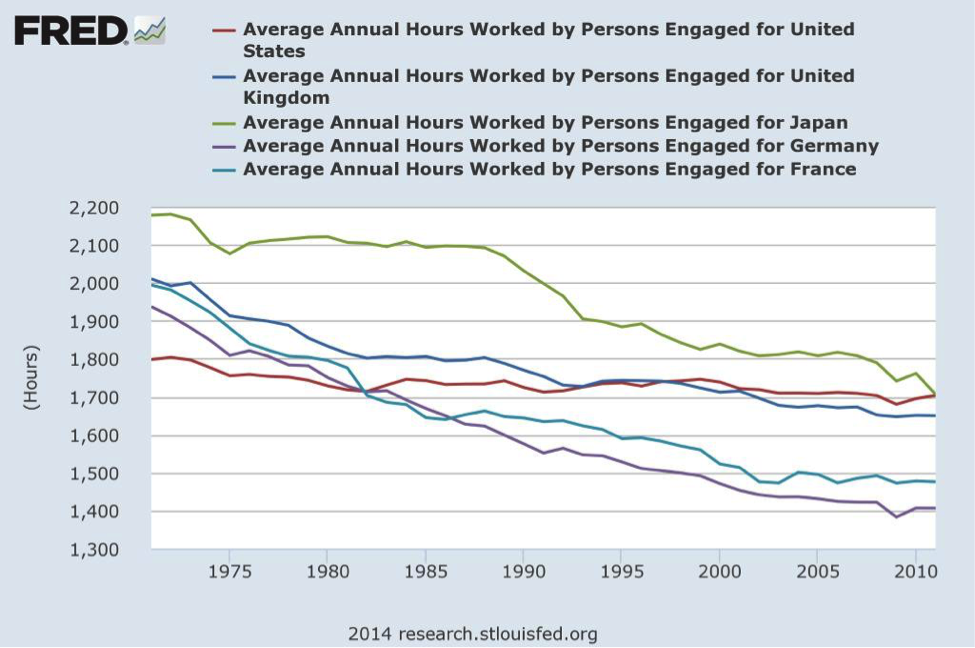Deflation in the Air
A New York Times article over the weekend delves into the history and rationale of the 2 percent inflation target, beloved of central bankers everywhere and a fairly recent innovation. Of course, the US Federal Reserve has a dual mandate, which includes both inflation and employment goals. The Fed said last week that it was most likely to start raising interest rates around the summer of 2015, but many countries’ central banks are moving in the opposite direction, solely because inflation is falling short of their targets.
Private borrowers—who usually have higher propensities to spend than lenders—benefit from an easing of the burden of debt when wages and prices move broadly upward. Also, for governments with debts that they cannot service with their own currency, inflation eases the burden of making payments, as tax revenues tend to rise in step with nominal wages and prices. Of course, falling prices have the opposite effect. The resulting changes in spending reverberate through the rest of the economy. Recent data show that there exists a strong threat of deflation around the world in economies such as Japan and the Eurozone, where core inflation has recently turned negative.
The effect of deflation on spending by indebted households was noted by Keynes in Chapter 19 of the General Theory (pp. 268-269). Michal Kalecki also argued to this effect in a critique of the so-called Pigou effect (falling prices would supposedly restore full employment by raising the inflation-adjusted wealth of households). The New York Times emphasizes instead the point that lower inflation makes it easier for some inflation-adjusted wages to fall, given that wages do not move downward as easily as upward. It also mentions that modest inflation permits central banks to lower real short-term interest rates below zero. Thoughts that deflation might be coming in much of the world are very sobering.






 ShareThis
ShareThis